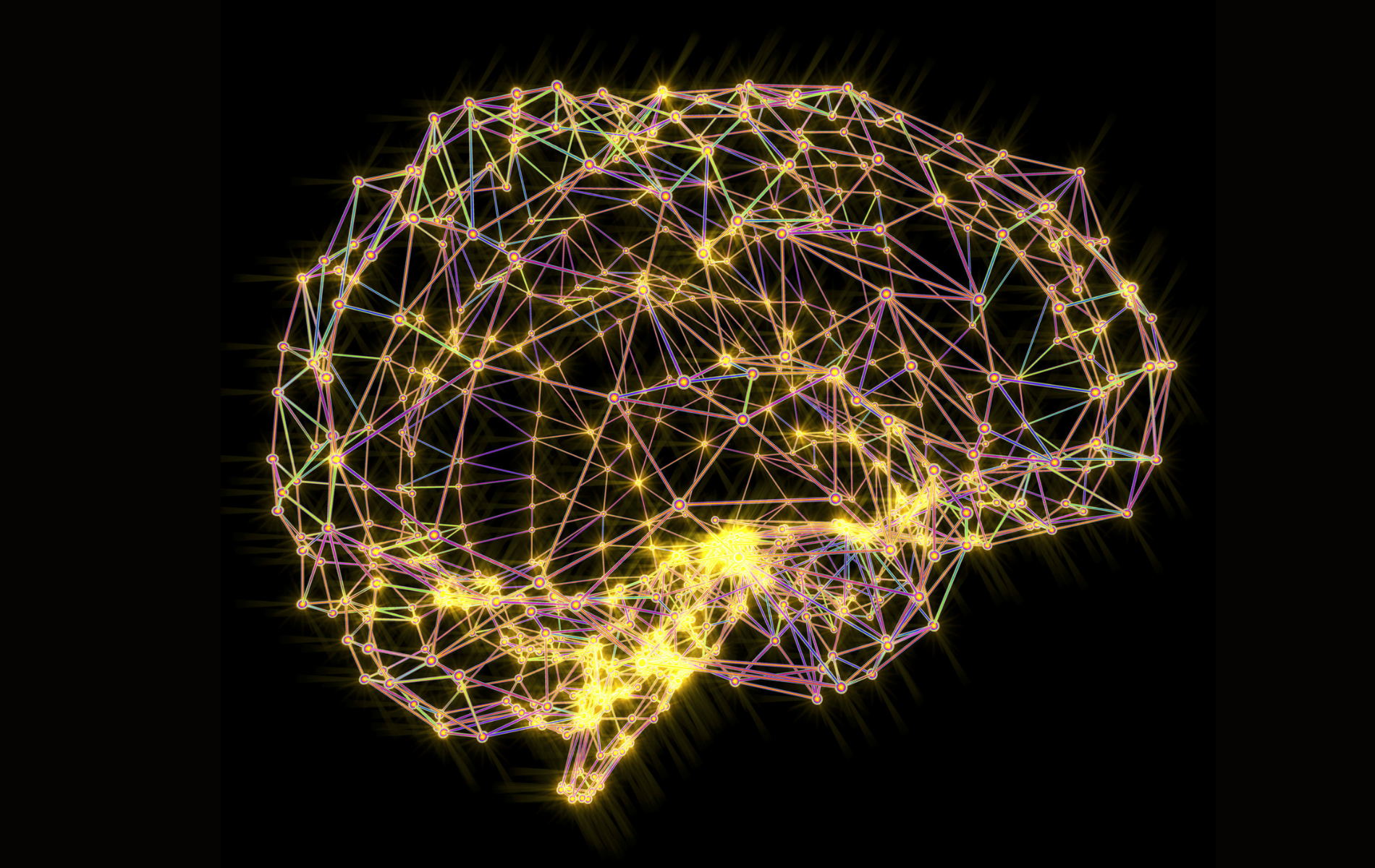
EU Call for Virtual Human Twin models, Charles River promises $500M investment for NAMs, Mapping emotions in the human brain and more
News on non-animal methods
APRIL 22-26, 2024NEWS, REPORTS & POSITION STATEMENTS
1. Heads on ! Designing a Qualification Framework for Organ-on-Chip
The workshop “Heads on ! Designing a Qualification Framework for Organ-on-Chip” was held in Berlin in June 2023 as a pre-conference event of the Microphysiological Systems (MPS) World Summit 2023, and organized by the EU Reference Laboratory for alternatives to animal testing (EURL ECVAM) of the European Commission’s Joint Research Centre (JRC).
The aim of the workshop was to collect input from stakeholders from different domains and backgrounds who are interested in the qualification of experimental methods based on organ-on-chip (OoC) devices for use in the pharmaceutical sector.
2. The probable future of toxicology – probabilistic risk assessment
In the field of probabilistic risk assessment, increasingly sophisticated artificial intelligence (AI) models can be applied to a plethora of exposure and hazard data to obtain not only predictions for particular endpoints but also to estimate the uncertainty of the risk assessment outcome.
Based on an earlier white paper (Maertens et al., 2022), a workshop discussed the future of toxicology and how probabilistic risk assessment can help address uncertainties in assessing chemical risks. Experts emphasize the importance of quantitative assessment in toxicology and the need for a deeper understanding of how chemicals affect our health.
TOOLS, PLATFORMS, CALLS
3. EU Call for tenders : Platform for Advanced Virtual Human Twin (VHT) Models
A virtual human twin (VHT) is a computational model of human patho-physiological processes. VHTs hold enormous potential in health and care, namely by delivering on personalised care from targeted prevention to tailored clinical pathways and supporting healthcare professionals.
The main objective of this action is to develop a distributed platform making available to users (1) a federated repository of VHTs related resources, (2) a combined set of open source software toolkits, and (3) access to computational services, enabling them to develop, test and integrate VHT models.
Estimated total value : 24 000 000 EUR
Deadline for receipt of tenders : 29/05/2024 — 16:00 (Europe/Brussels)
INDUSTRY, BIOTECH & PARTNERSHIPS
4. Charles River promises $500M for initiative to develop alternative testing methods and reduce use of animals
Contract developer and manufacturer Charles River Laboratories is hoping to reduce reliance on animal testing with a $500 million launch of its Alternative Methods Advancement Project.
For now, the new animal alternatives project is completely internal and made up of company experts in animal welfare, science, technology, operations and advocacy, according to the company. The plan is to include development of more animal alternatives, partnering with other organizations to develop other testing methods, and advocating for policy change.
5. L’Oréal’s Collaborative Breakthrough in 3D Bioprinted Skin Models with University of Oregon
Utilizing a technique known as melt electrowriting (MEW), their researchers, alongside Professor Dalton’s team in University of Oregon, have engineered plastic scaffolds that replicate the extracellular matrix of natural skin. The versatility and adaptability of this model give it many uses including studying how the biological and physical microenvironment impacts the skin, creating pathological skin models, and testing dermo-cosmetics and pharmaceutical treatments on different ages of skin.
“Our collaborative research has not only accelerated the skin reconstruction process but also opened avenues for future applications in skin tissue engineering. We are excited to explore further applications, reinforcing our commitment to innovation and beauty with no animal testing.” — Anne Colonna, Head of Advanced Research, L’Oréal R&I.
SCIENTIFIC DISCOVERIES & PROTOCOLS
6. Novel study maps emotion regulation in the human brain
A first of its kind study led by Dartmouth College (NH, USA) researchers, in collaboration with the University of Pittsburgh (PA, USA), has used computational methods and functional magnetic resonance imaging (fMRI) data to reveal multiple emotion regulation systems in the human brain, which can be potential clinical targets.
The findings revealed that emotion regulation involves areas of the anterior prefrontal cortex and other higher-level cortical hierarchies whose roles in emotion regulation had not been previously identified with this level of accuracy.
Read the publication in nature neuroscience
7. Cancer Cells’ Shapeshifting Ability Reveals New Drug Targets
Cancer cells can change shape to adapt to new surroundings enabling them to spread throughout the body and evade treatment. By quantifying the 3D shape of over 60,000 melanoma cells when certain genes were “switched off”, scientists at the Institute of Cancer Research in collaboration with researchers at Imperial College London have now discovered how skin cancer cells shapeshift based on their environment and identified two genes that control how the cells change shape. The discovery of these genes offers two potential drug targets to stop melanoma cancer from metastasizing. The study is published in the journal Cell Reports.
The research team is now focused on creating artificial intelligence (AI)-based technologies to aid in the selection of drugs to target the genes involved in cancer cell shapeshifting. Using AI to make predictions on drug success based on the 3D images of the cells could cut drug development times in half.


